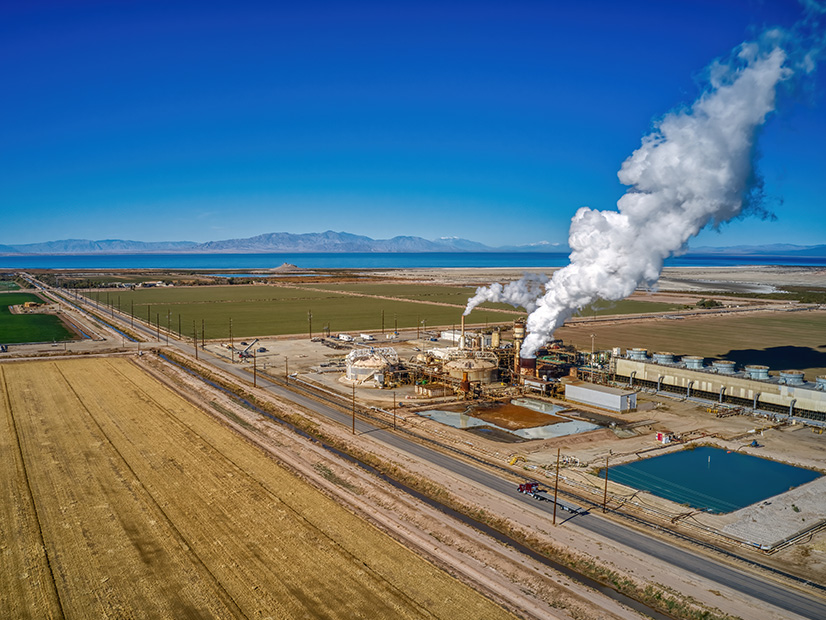The California Public Utilities Commission proposes to authorize procurement of emerging clean energy technologies with a combined nameplate capacity of up to 10.6 GW.
The CPUC issued the proposed decision (Rulemaking R.20-05-003) on July 19 and will consider it as soon as it its Aug. 22 business meeting.
The decision focuses on long lead-time resources — emerging technologies that have yet to achieve economies of scale and presently are not being procured by individual load-serving entities (LSEs) in amounts sufficient to achieve cost reductions.
It would authorize procurement starting in 2026 of up to 1 GW of multiday long-duration energy storage (LDES) and up to 1 GW of 12-hour LDES to come online in 2031-2037; procurement starting in 2027 of up to 1 GW of enhanced geothermal systems to come online in 2031-2037; and procurement of up to 7.6 GW of offshore wind to come online in 2035-2037.
Lithium-ion batteries and pumped storage hydropower would not qualify for either category of LDES.
The proposal stems from Assembly Bill 1373, which was signed into law in 2023 and seeks to make it easier to procure emerging technology energy resources through centralized procurement. The Division of Water Resources would lead the procurement process.
Increasing clean energy supplies would help the state reduce greenhouse gas emissions and maintain a reliable power supply, a CPUC fact sheet states.
Other details:
-
- Future central procurements would be assessed regularly within the integrated resource planning (IRP) process, and may consider other technologies, as well.
- The 10.6 GW is a ceiling; the CPUC could follow through with smaller procurements or none, if costs are too high.
- To support these efforts, the proposal suggests exploring funding streams other than customers’ electricity bills.
- The longer time frame allows the opportunity to achieve cost reductions through scaling of these new technologies; while they may cost more than the dominant commercial resources that LSEs procure today, these newer technologies frequently are part of the state’s least-cost planning analysis.
- The cost and risks of these centralized procurements would be spread among all LSEs — they would not be permitted to opt out.
- Publicly operated utilities (POUs) may opt in, however, and the CPUC hopes they would, because they serve roughly 25% of customers in California and it is “inherently discriminatory and unfair” for them to benefit from the investments paid for by other Californians but not contribute themselves.
The CPUC said in its proposal it’s attempting to spur a market transformation, in the same manner that early investor-owned utility ratepayer investments in solar, onshore wind and battery storage in California helped bring down the cost of those technologies.
“Herein,” they write, “we are explicitly asking LSE ratepayers, through the central procurement mechanism, again to take on the responsibility for making an initial investment in several promising emerging technologies that may prove to be important for achieving [Senate Bill 100 greenhouse gas emission] reduction goals in the electricity sector, as public goods on behalf of all ratepayers under our IRP purview, regardless of their specific LSE.”
They add: “But right now, the resources we are selecting are inherently more expensive and would be unlikely to be selected in volumes high enough to lead to market transformation by an individual LSE in a least-cost procurement solicitation.”
The higher figure for offshore wind — up to 7.6 GW, all of it the more complex and expensive floating-turbine variant — is intended to show the CPUC’s interest in building a still-developing technology and nonexistent U.S. industry as a resource for California. Also, 7.6 GW is the maximum transmission capacity for the Morro Bay and Humboldt offshore wind buildout.



